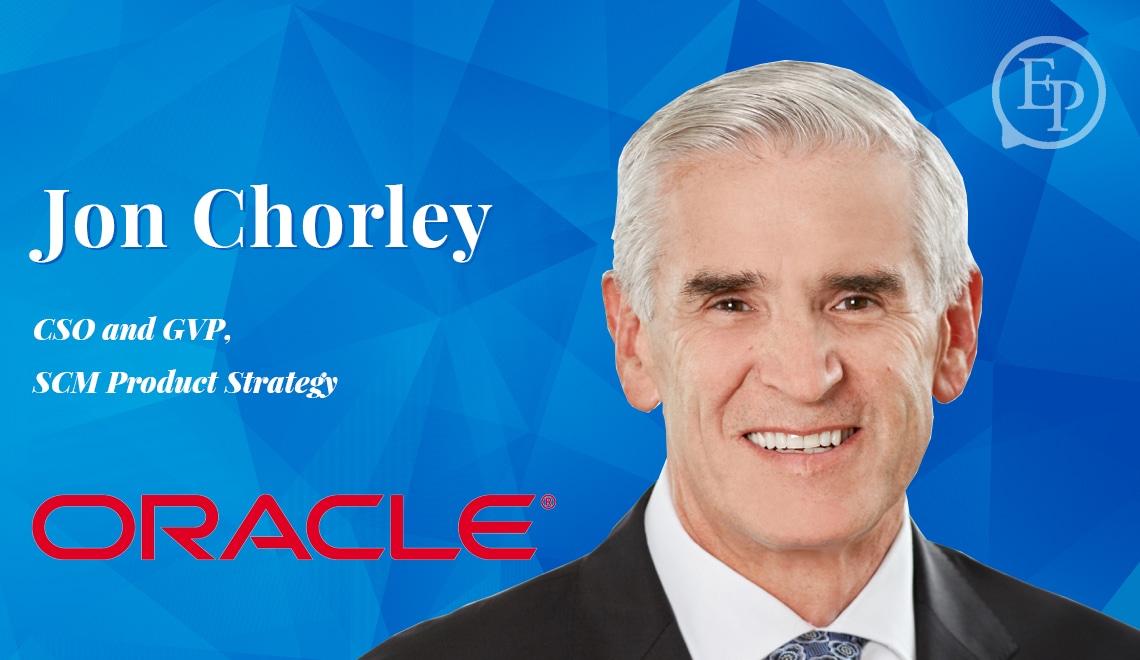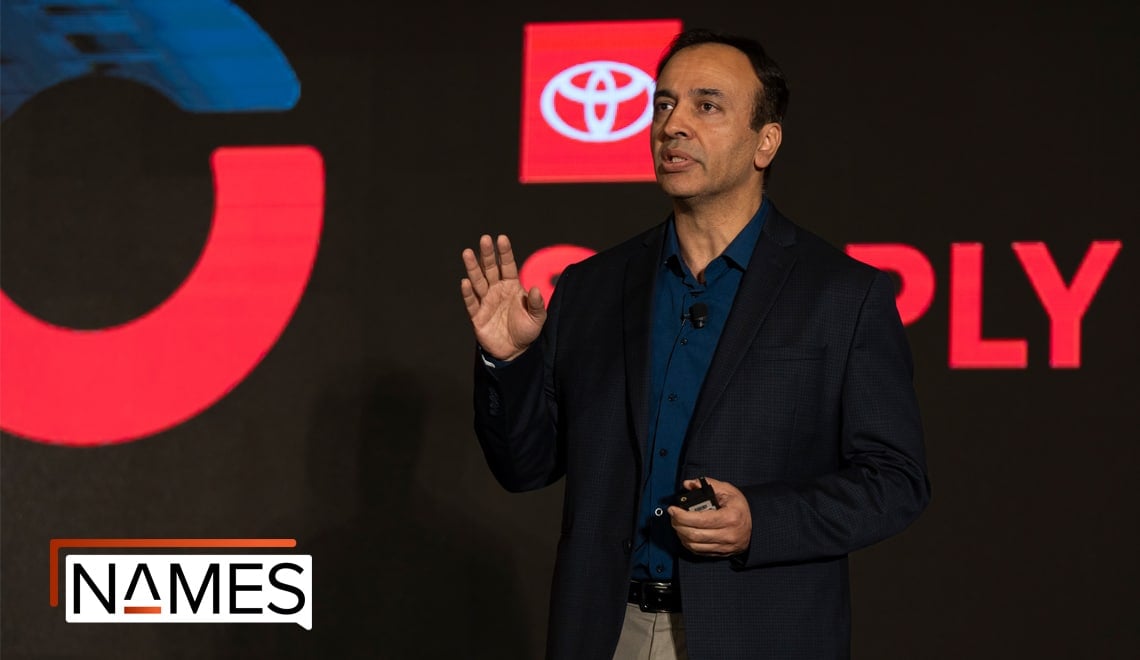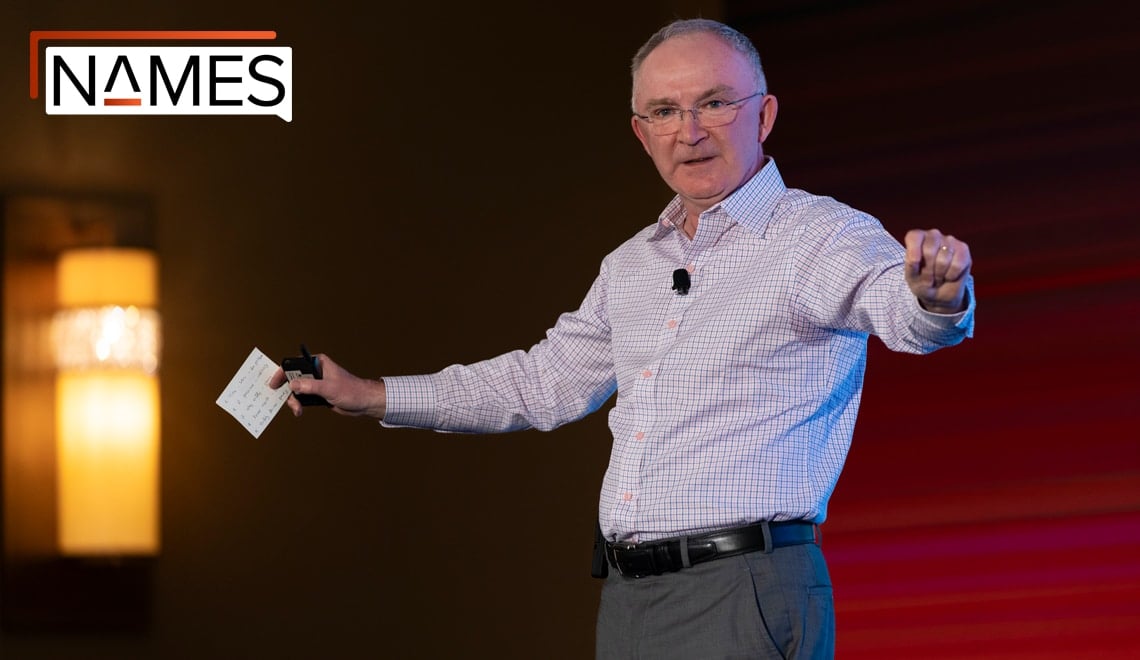Jon Chorley is Group Vice President of Product Strategy for Oracle’s Supply Chain Management Applications and leads the team responsible for driving the business requirements and product roadmaps for these applications. These solutions include product lifecycle management, asset lifecycle management, value chain planning and order fulfillment. Mr. Chorley is also the Chief Sustainability Officer for Oracle Corporation. In this role, Jon drives and coordinates all initiatives, both internal and external, related to environmental sustainability. This responsibility covers all areas from IT infrastructure, business operation, and corporate reporting and risk management. Oracle is committed to developing practices and products that help protect the environment.
Mr. Chorley has more 30 years’ experience in the software industry in a broad set of roles including sales, implementation and development. Mr. Chorley has been with Oracle for 17 years. Prior to his current role he was responsible for the development of Oracle’s supply chain logistics applications.
Why are manufacturers moving to Cloud-based solutions? What can the Cloud offer them that they are not receiving from their existing systems?
I think three things: First, to drive down their cost of ownership and through that to be able to put more energy into managing change, implementing change, and delivering business value.
Second is that folks really need new business functionality to run a modern supply chain. Cloud is the preferred delivery system for that new functionality, but a lift-and-shift of old functionality to a Cloud deployment is not enough.
Third, they want systems that are attractive to their users, that are easy to use, that have characteristics that users are now familiar with from their use of everyday technology, and which can help address the skills shortage that exists in the manufacturing and supply chain community. This was a very important aspect of how we built these new solutions. Not just new business processes, but a new approach to how those systems engage with their users.
Through a combination of those three things, delivered through Cloud, we can deliver a very different experience and a very different set of business values.
The Cloud is something people have been talking about for a while now as ‘the next big thing.’ Why is now the time for manufacturers to embrace this tool?
If you look three or five years ago, Cloud was being used for systems that were peripheral to manufacturing, such as customer relationship management, or CRM. Over the last few years many businesses have moved core mission critical enterprise applications to the Cloud, such as enterprise resource planning or ERP. This positive experience has increased the comfort level of moving their manufacturing systems to the Cloud. Of receiving the reliability, security, and performance that are required by those functions. That’s the Number One Reason: Cloud is proven as an enterprise platform.
The Number Two Reason is availability of enterprise-class solutions. That was not true a few years ago. There were just small niche providers. Now you can have no-compromise world-class solutions available on the Cloud for manufacturing and supply chain.
We think that’s the way Cloud solutions need to be looked at. They’re not three-year or four-year or five-year death marches. They need to be deployed in increments of six months or nine months, and each one needs to be able to deliver some quantifiable business benefits.
As manufacturers are educating themselves about their options when it comes to different solution providers, what questions should they be asking? What are the pros and cons of the different systems available on the market today that they should be looking out for?
This is a move from buying a product to being in partnership for a service. Many manufacturers in their own businesses are going through this transition where they’re not just selling a product but they’re in an ongoing relationship with their customers in servicing that product. They know it’s a big change. And so a key question to ask is, is your software service provider someone you want to work with over the long haul?
The advantage of the Cloud is you get continuous innovation, so is this service provider going to deliver that continuous innovation? Are they going to provide the service levels I want? Do they have the wherewithal and the resources to stay around long term? All of these considerations are even more important when selecting a Cloud provider, because to a large degree you are relying on them to innovate, to continue to support the products, and to run the application in an efficient way on your behalf. So is this the right strategic partner for your business?
The second issue I always think is, look, if you were to make a lot of different choices about who your Cloud providers are, if you buy piece parts from everyone, you will end up with a very fragmented solution for your enterprise. The net result of that is going to be a lot of costs, a lot of disruptions, and to a large degree an erosion of why you went to Cloud in the first place. Cloud got its start as a way for independent departments to make departmental decisions based on Op-Ex. That might be OK for CRM or human capital management or HCM, but not for ERP, Manufacturing and Supply Chain. So when you’re thinking about who to partner with for manufacturing, you should also be thinking about is this as a strategic partner for broader aspects of my business too? Because in general the fewer moving parts that you have, the more efficient and more effective your deployment is going to be.
Let’s talk about Oracle specifically for a moment: How has Oracle built and maintained its leadership position when we talk about Cloud-based solutions relevant to manufacturers?
Well, with a lot of hard work, a lot of commitment, and a lot of money! We’ve spent billions of dollars in R&D, that’s real money! We made that huge commitment to reinvent our applications. This is a monumental investment, and really you have to look to Larry Ellison for the vision and leadership and the stick-to-it-iveness to make that kind of decade-long investment that no one else in the business has been willing to do. I think that’s a huge difference: Not SAP, not Microsoft, not a lot of these pseudo-Cloud providers who have just lifted and shifted their current applications and dropped them on the Cloud and declared victory.
We have made that massive investment to not only deliver applications that are innovative functionally and that are designed for the 21st Century, but that are also designed specifically to operate on the Cloud, and also to transform our own business operations to support that new style of doing business.
Look at the applications. They speak for themselves. They incorporate all of the heritage from our long experience in Oracle eBusiness Suite, JD Edwards and PeopleSoft, and from our specialty systems too.
But also, frankly, they incorporate all of the hard lessons learned. Those lessons showed us how to do it better this time, and that’s exactly what we’ve done. Tremendous heritage, tremendous investment, and a tremendous commitment to changing the game for manufacturers.
Moving to the Cloud sounds pretty intimidating. Can you walk us through the options a manufacturer might have for this process and how long it typically takes?
Yes, it’s a serious transition that needs to be managed as a serious project, so project management disciplines are obviously important. One of the things we’ve done is to provide a set of different ways you can approach the Cloud, and each of those is going to have different appeals to a different business. You can begin in a number of places. For example, you can begin looking at product master data management or product lifecycle management. You could begin looking at sourcing and sourcing polices. You could begin with transportation or order management. You can begin in a lot of different places without ripping and replacing your current solution. You can add value with Cloud solutions that compliment where you are.
You can then gradually replace elements of your solution with our Cloud solutions. Obviously some combinations are more suitable than others, and we will give you advice and construct a roadmap that makes the most sense for your business that takes into account where the business pressures are in your company and your industry, your ability to adopt and adapt to new technology. Maybe your organizational structure has different divisions that can move at different paces? We’re going to look at all of those things and help you construct a roadmap that makes sense with the objective of delivering business value at every step of the way. We would like these deployments to pay for themselves as they go.
We think that’s the way Cloud solutions need to be looked at. They’re not three-year or four-year or five-year death marches. They need to be deployed in increments of six months or nine months, and each one needs to be able to deliver some quantifiable business benefits. We have Cloud deployments for some of our modules that have been completed in six weeks or twelve weeks that have already delivered ROI in their first couple of quarters of deployment. These are the ways we can work with you to, as my boss likes to say, “Eat the elephant.”
When you first sit down and have a conversation with manufacturers about what this tool can do for them, what do you hope they take away from that discussion to think about further?
Cloud is ready for primetime. Cloud manufacturing is ready for primetime. It’s not a question of If. It’s a question of When and How. Oracle has what it takes to be their preferred partner in that transition. Those are the three things.

















